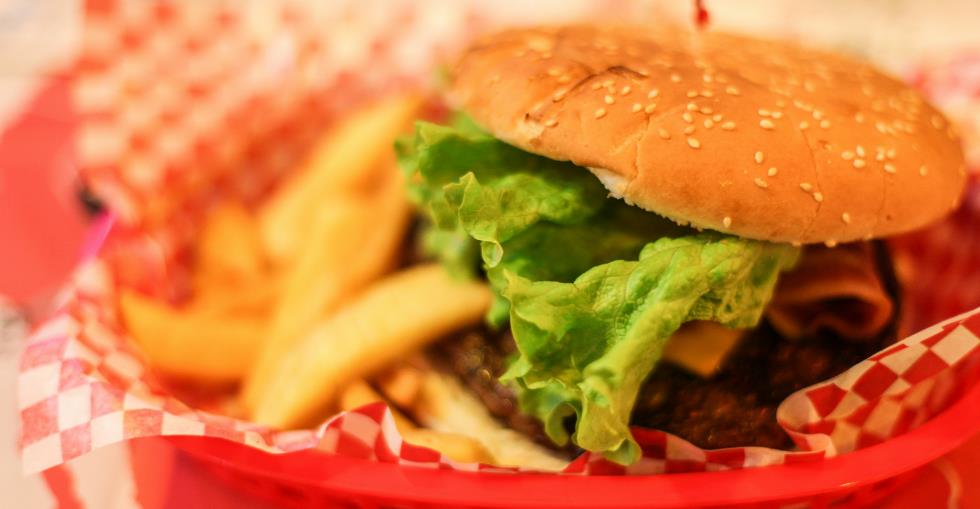You grab a seat in a booth or at the counter. A white cup is placed in front of you and filled with hot coffee, then a waiter or waitress takes your order.
If it’s your first time at the joint then you may peruse the large, laminated menu; otherwise you probably already know what you want, and your order is yelled back to the short order cook before you’ve even taken off your jacket.
This quintessential American experience offers a much-loved combination of fast and slow food: hearty food served on a plate (not wrapped in paper) with table service – but it arrives in minutes and you get to work with time to spare.
Drawing on the experience of generations of diner owners, providing this seamless experience isn’t as easy as they make it look.
So what does it take to run a successful diner – to which many regulars stop by weekly or even daily for their “usual” order?
A proven formula
Whereas many upscale, trendy restaurants start with a theme or strive for innovation – with wildly mixed results – the local diner’s mission is based around giving patrons exactly what they want.
They’re not out to subvert expectations – and those expectations are of simple comfort foods, cooked just right and served quickly at reasonable prices.
There are some regional variations in diner trends, but certain basics are fairly consistent nationwide:
- Eggs, toast and meat (bacon, sausage or ham) for breakfast
- Burgers or hot and cold sandwiches, with French fries and coleslaw, for lunch
- Roast beef or turkey with mashed potatoes and gravy for dinner
- Pie – obviously!
- Refillable coffee
- Milkshakes
This emphasis on simplicity helps proprietors keep prices down and waiting times short – essential parts of the diner’s appeal to blue collar workers relying on them for breakfast, lunch and a quick bite to eat on their way home.
The archetypal Hollywood diner – with sassy, gum-chewing waitress and grumpy short-order cook – does not reflect the reality of this American institution.
Instead, a successful diner needs friendly staff who greet customers as they walk through the door and make them feel immediately at home. The diner is not the place for stifling, formal waiting service.
Behind the scenes, cooks need to turn orders round quickly at a consistent quality – though you won’t need, or be able to afford, any Michelin-starred chefs.
And don’t neglect cleaning amid the maelstrom of activity in the restaurant and kitchen areas. Nothing is more off-putting to customers than finding that the only vacant table is covered in food from previous customers.
Don’t be fooled by the short menu and simple concept: running a diner is far from easy. It takes a particular kind of person to maintain friendly, prompt service in a fast-paced environment with at least three super-busy periods during a full-time shift.
Keeping prices low
No one visits a diner expecting a $50 steak and shrimp entrée; more likely an $8 hamburger and fries. If the cost of certain ingredients is squeezing your margins too tightly, it may be time to consider adjusting the menu, sourcing ingredients from alternative suppliers or reducing staff numbers during quiet periods.
Value is everything for diners, so raising prices should be the last resort – and even then as marginally as possible. Always be on the lookout for ways to cut costs – but without undermining the essentials:
- Price
- Speed of service
- Staff morale (pay cuts make for less friendly waiting staff!)
- Food quality
What’s the best way to get started?
If our advice has emboldened you to become a diner owner, then you need to consider the available routes into the trade. Should you open up a brand new diner or buy an established operation?
An existing and successful diner will offer you a history of steady takings and an immediate income; an established reputation in the community and base of regular customers you can rely on; and a team of staff who know how to run things effectively on day one after you’ve taken up the reins – even if you don’t.
None of that applies if you start from scratch. However, you can at least develop the business in any way you see fit without alienating staff or – more importantly – customers.



